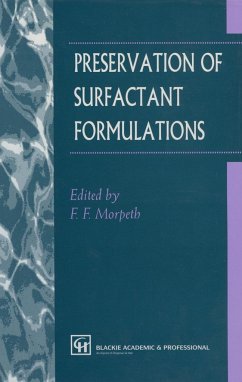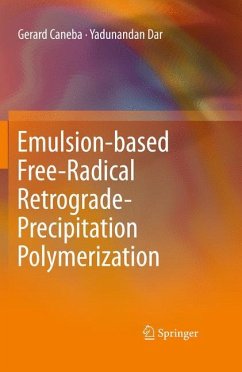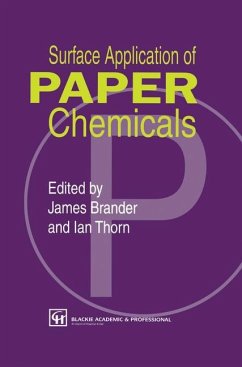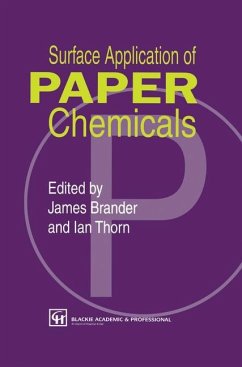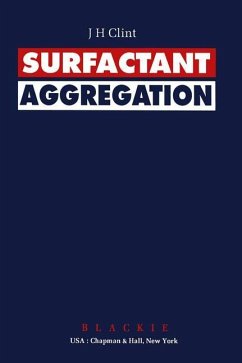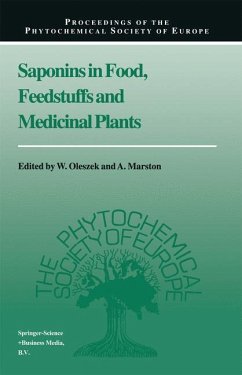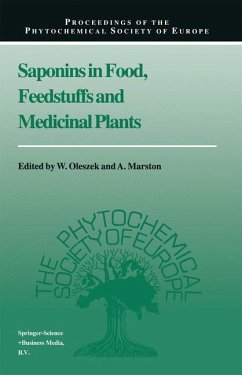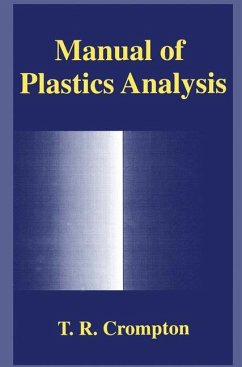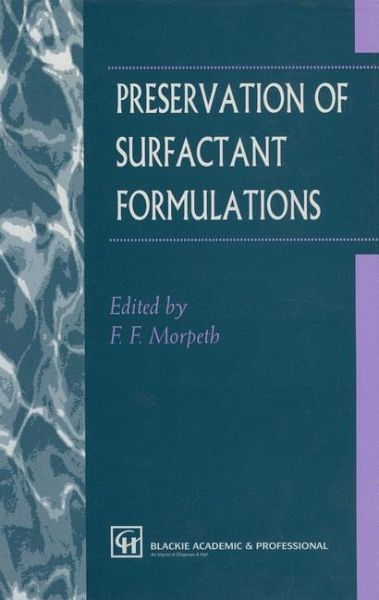
Preservation of Surfactant Formulations

PAYBACK Punkte
20 °P sammeln!
Microbes are known to live in an enormous range of environments. Their ability to survive and proliferate in diverse industrial systems is often a surprise to those not exposed to these problems in their work. These systems contain a range of potential carbon sources, one common theme being surfactants. Surfactants are often not the components most prone to spoilage since some systems contain highly susceptible natural components, such as starch and xanthum gum, but the surfactant is a key part of the formulation, and its extensive breakdown usually means that the material is beyond recovery. ...
Microbes are known to live in an enormous range of environments. Their ability to survive and proliferate in diverse industrial systems is often a surprise to those not exposed to these problems in their work. These systems contain a range of potential carbon sources, one common theme being surfactants. Surfactants are often not the components most prone to spoilage since some systems contain highly susceptible natural components, such as starch and xanthum gum, but the surfactant is a key part of the formulation, and its extensive breakdown usually means that the material is beyond recovery. The aim of this book is to describe in detail all aspects of the preservation of surfactant containing materials. The book should be viewed as being in three discrete sections. - chapters 1-5 deal with and summarise essential background information - chapters 6-11 discuss in detail various end use applications - chapters 12-15 outline the regulatory and toxicology implication associated withthe safe handling of preservatives Given the format of the book there is inevitably some duplication of information in the middle section with different authors describing essentially the same phenomena but on different substrates. I hope the reader will find that although different chapters touch on the same topics the information around these areas is sufficiently different to justify their inclusion in this book and to be of interest. It should also demonstrate what can be the most useful source of information, the hard practical experience of the authors.





